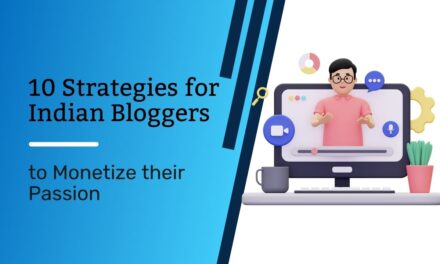Backlinks Kya Hote Hain?
Backlinks ka matlab hota hai kisi doosri website se aapki website ke liye aane wale links. Jaise agar koi doosri site apne content me aapki website ka link deti hai, to wo backlink kehlata hai.
Jaise – agar high authority website apne kisi article me aapke blog ka link de deti hai, to wo backlink ban gaya. Aur agar wo website trusted hai, to uska asar aapki site ki ranking pe positive padta hai.
Backlinks Banana Kyu Zaroori Hota Hai?
Importance of backlinks SEO me sabse zyada hota hai, kyunki backlinks Google ko signal dete hain ki aapki website trusted hai.
Jitne achhe backlinks honge, utna zyada trust aur authority milegi. Website ki ranking improve hoti hai jisse organic traffic bardta hai. Domain Authority (DA) aur Page Authority (PA) bhi increase hoti hai jisse search engine me visibility bard jati hai.
Lekin dhyan rahe, backlinks har jagah banana sahi nahi hota. Hame quality jagah pe hi backlinks banane chahiye. Neeche kuch achhi jagah batayi gayi hain jahan backlinks banana faydemand ho sakta hai:
1. Guest Posting
Guest posting ek achchi practice hai jahan hum backlinks bana sakte hain. Lekin yahan bhi hame ye dhyan rakhne ki zaroorat hai ke wo hamari niche se related ho.
Wahan se hum blog ya article ke through backlinks le sakte hai. Lekin ye sites asani se nahi milti. Iske liye ya to hame kisi digital marketing agency se contact karna hota hai, ya phir High DA PA wali websites ko khud dhundhna padta hai aur unko request karni hoti hai ke wo hamari link apni site pe daal dein.
Haqeeqat ye hai ke high quality websites iske liye kuch charge bhi karti hain. Mostly aisa hi hota hai. Bahut kam aisi sites hoti hain jo free ya exchange karti hain.
Exchange wala isliye nahi ho pata kyunki nayi sites ka DA PA achha nahi hota. Is wajah se log interest nahi lete. Aur jinki websites ki authority achhi hoti hai, wo backlinks ke liye charge lete hain.
Halanki ye charges search engine ki nazar me galat hain aur Google aise paid links ko punish bhi kar sakta hai. Isliye paid wala rasta na chunein, aur sahi dhang se request karke apne niche se related websites se backlinks lene ki koshish karein.
2. Directories Submission
Isme aap trusted websites pe apni website submit kar sakte hain. Ye asani se mil jati hain, lekin iske liye aapko uska DA, PA aur Spam Score zaroor check karna chahiye.
Kyuki zyada spam score wali sites spammy hoti hain, aur wahan link banane se aapki site ki ranking gir sakti hai. Agar aise spammy sites pe zyada links ban gaye to aapki website ka spam score bhi bardh jayega.
Isse bachne ke liye tools ka use karein. Link banane se pehle DA PA check karein.
Main ek tool use karta hoon jo free hai –
🔗 https://websiteseochecker.com/bulk-check-page-authority/#arearesult
Yahan aap jis site ka DA PA check karna hai, uska link paste karke captcha fill karke dekh sakte ho.
3. Social Bookmarking Sites
Ispe zyada focus nahi karna chahiye, lekin ye effective ho sakti hai agar limited aur quality bookmarking karein.
Social bookmarking me apne webpages ke links ko share karna hota hai. Kuch achhi sites jo main use karta hoon:
Iske alava bhi 1000+ websites mil jayengi social bookmarking ke liye. Lekin har ek pe backlinks banana zaroori nahi hai. Apne hisaab se DA PA check karke hi link building karein.
4. Q&A Sites
Question & Answer submission sites bhi ek tarah ki backlink strategy me aati hain.
Thode time pehle Google ne announce kiya ke Quora, LinkedIn, Answer.com jaise platforms pe backlinks ki value nahi di jayegi. Inhe spammy bhi mana ja sakta hai.
Phir bhi log apna link answers dete waqt daalte hain. Log yahan tricks lagate hain jaise ek ID se question post karna aur doosri ID se answer dena.
Mere point of view se agar wo answer kisi ka genuine problem solve karta hai, to wo black hat SEO nahi mana jayega.
Final Thought
Agar aap SEO seekh rahe ho ya apni website ko Google me rank karwana chahte ho, to backlinks ke baare me puri jankari lena bahut zaroori hai.
Backlinking ka sahi tarika apnao, high quality aur niche-related sites pe link banao, aur spammy ya paid methods se bachke raho. Tabhi aapki website ki authority grow karegi aur aapko organic traffic milega.






